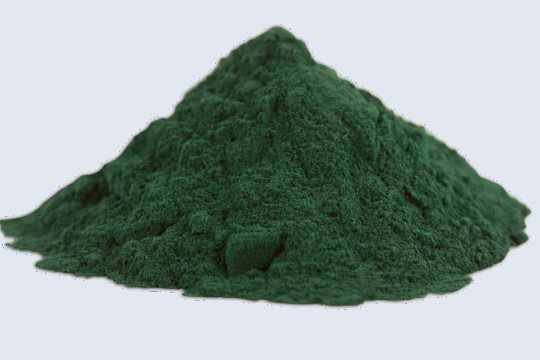In recent years, the demand for clean-label and healthier alternatives in the food industry has skyrocketed. Consumers are now more mindful than ever about what goes into their meals, desserts, and beverages. This shift has led to the growing popularity of natural food coloring powder, derived from plants, fruits, and vegetables. Among these, Elderberry Color has gained special attention due to its rich hues and added nutritional benefits. Unlike synthetic dyes, natural food colorants not only enhance visual appeal but also support a healthier lifestyle.
Elderberry Color is particularly valued for its deep purples and vibrant blues, which make it a favorite choice for bakers, beverage producers, and confectionery brands. Elderberries are naturally rich in anthocyanins, a type of antioxidant that produces striking pigments. Beyond aesthetics, anthocyanins are known for their immune-supporting and anti-inflammatory properties, making elderberry-based coloring a win-win for both appearance and health. This has made elderberry powder a staple in everything from smoothie blends and natural candies to premium baked goods.

Another advantage of natural food coloring powders is their versatility and compatibility with various food products. Whether it’s elderberry, beetroot, turmeric, or spirulina, these powders mix well with dry blends, icings, sauces, and even dairy products. Since they are derived from natural sources, they often contribute subtle flavors or added nutrients, enhancing the overall product. For health-conscious brands, incorporating elderberry color or similar powders into their recipes allows them to meet consumer expectations for both safety and sustainability.
Food safety regulations have also driven the switch from synthetic to natural food colors. Many artificial dyes have faced criticism for potential health risks and side effects. As a result, companies and manufacturers are investing in research to develop stable, natural alternatives. Elderberry Color stands out not only for its vibrant pigment but also for its ability to hold up well in a range of food processing conditions. This reliability has helped elderberry-based products earn a place in both artisanal and large-scale food production.
From a sustainability perspective, natural coloring powders like elderberry also align with eco-friendly practices. Since these powders are often derived from renewable and plant-based sources, they reduce the environmental impact compared to chemical production methods used for artificial dyes. For modern consumers who value both wellness and sustainability, elderberry color represents the perfect balance between natural living and vibrant culinary experiences.
In conclusion, natural food coloring powders are more than just an aesthetic addition to food—they embody health, sustainability, and innovation. Among them, Elderberry Color shines brightly with its antioxidant-rich properties and striking pigments, making it a natural favorite for chefs, bakers, and food brands worldwide. As the demand for clean-label products continues to grow, elderberry and other natural coloring powders will remain at the forefront of the global food industry, proving that beauty and wellness can go hand in hand on every plate.


Write a comment ...